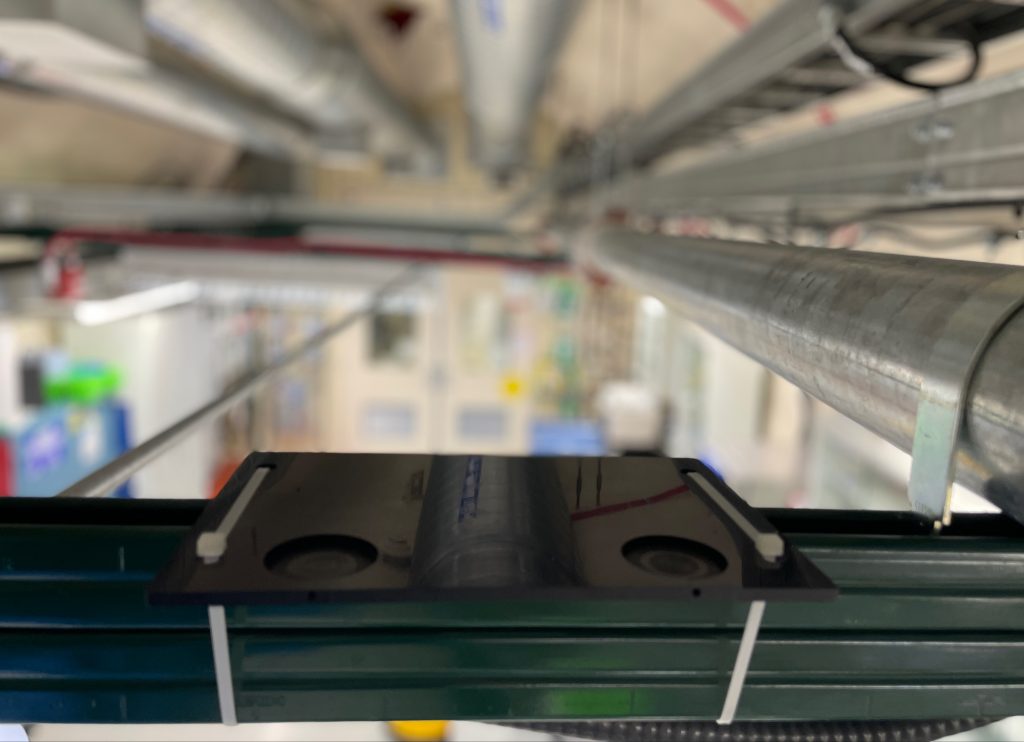12 Days of SNOLAB Science
This year SNOLAB once again marked the holiday season by sharing 12 Days of SNOLAB Science – an opportunity to share some lesser-known facts about the lab itself, and to celebrate the scientific achievements of the past year!
Day 1: One new science display 🎄
The new display at Science North would make quite the impressive tree ornament! Though resembling a spherical tree ornament the shape is technically called a doubly truncated icosahedron, due to the 92-sided shape that was formed by the holes that previously held photodetectors. The shiny, low background stainless-steel ball is the inner vessel from the MiniCLEAN experiment, a dark matter experiment once located 2km underground at SNOLAB. Read more about this piece and it’s journey from experiment to exhibit here.
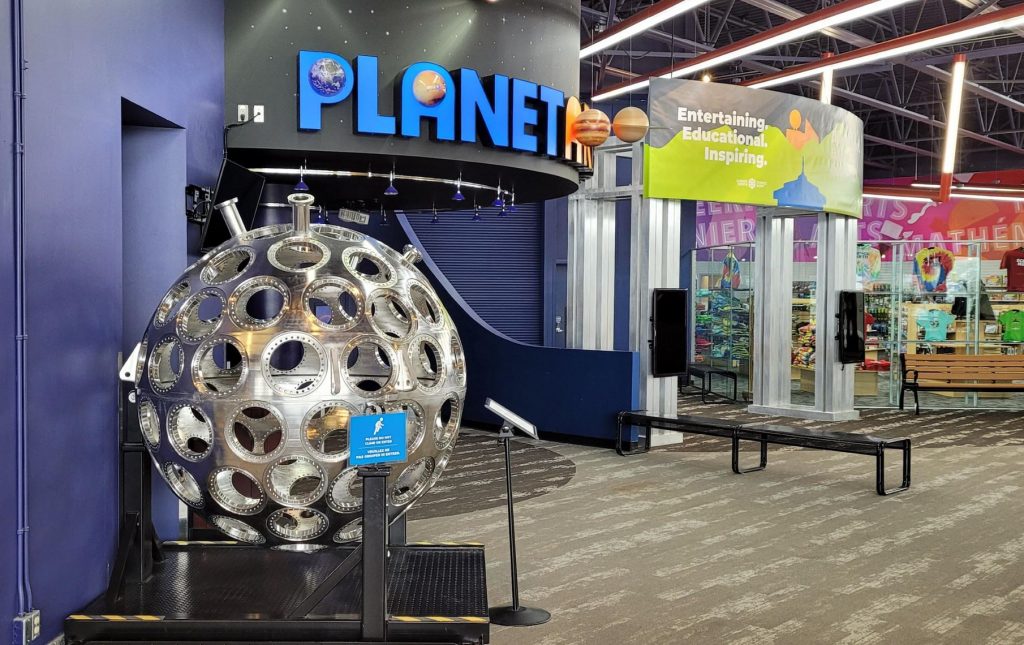
Day 2: Class 2(000) clean lab 🧹
Being located 2km underground is already impressive but the lab is also maintained as a class 2000 clean lab! In your home there would be approximately 1 million particles less than 1 micron in size per cubic foot but here at SNOLAB we have less than 2000 in the same volume! Perhaps the more impressive change is that the mine air surrounding the facility has about 10 million particles per cubic foot! This means we take our cleaning very seriously at SNOLAB. Everything entering the lab is meticulously cleaned – both people and materials! At the start of each workday everyone showers to minimize the dirt brought in by us and a dedicated cleaning staff ensures that all materials, big and small, get cleaned thoroughly as well.
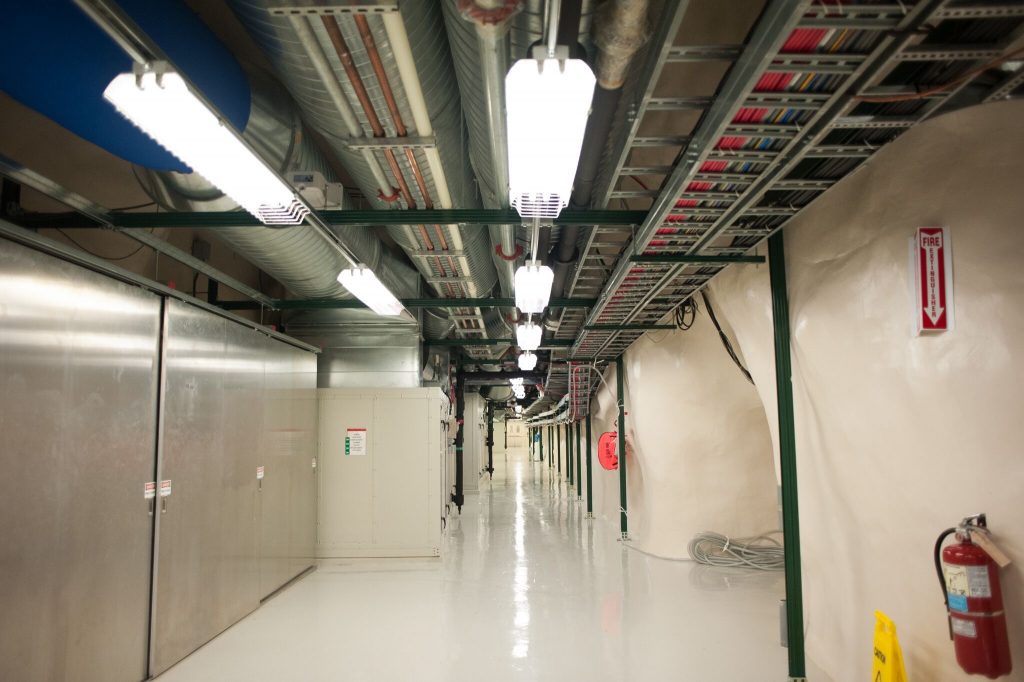
Day 3: 3,000L dewar in the liquid nitrogen plant 💧
SNOLAB reached an exciting milestone earlier this year when the newly installed liquid nitrogen plant began running and producing liquid nitrogen for the lab. Liquid nitrogen is widely used in the underground facility – it is used to maintain the cooling needed by detectors to operate, as a high purity cover gas, and in the ultrapure water plant as part of the purification process.
These processes have a significant demand that was historically met by shipments of 230L liquid nitrogen dewars underground that required transportation and cleaning before entering the lab. This new plant eliminates possible delays due to shipping and allows SNOLAB to conveniently produce the liquid nitrogen it needs! Read more about the plant here.
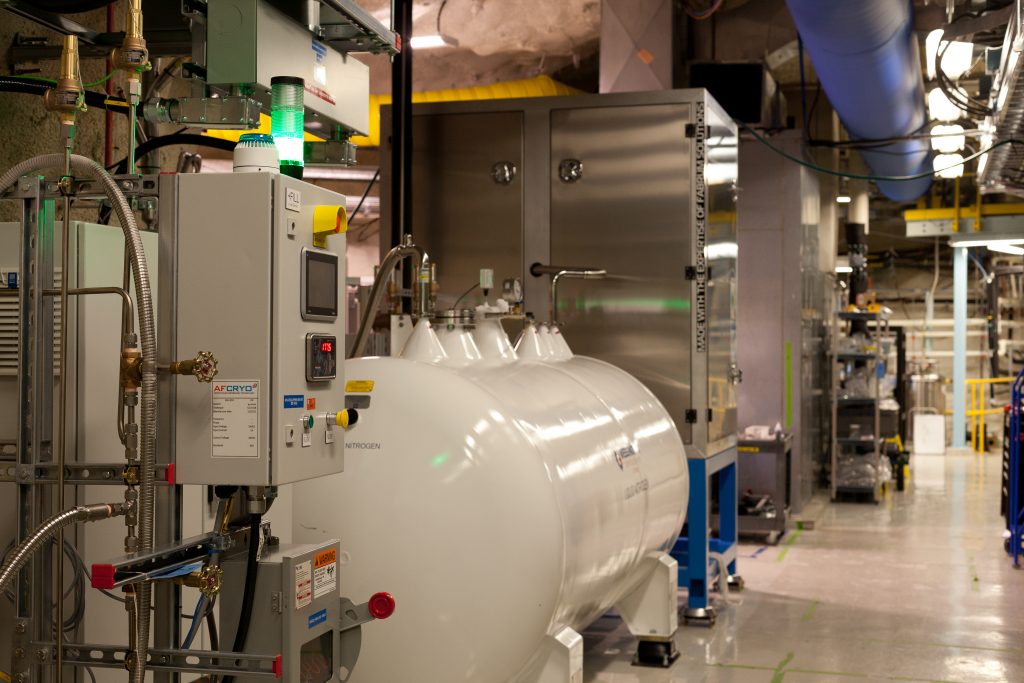
Day 4: Four grand pianos of PPO 🎹
Earlier this year the SNO+ experiment reached quite the milestone when the team completed loading 2 tonnes of PPO, roughly the weight of 4 grand pianos, into its liquid scintillator. The completion of the PPO fill allows the SNO+ experiment to be even more sensitive to particle interactions than scintillator alone. The addition of PPO was done in small batches and required a true collaborative effort to complete, with the process involving 115 people. Read more about this milestone here.
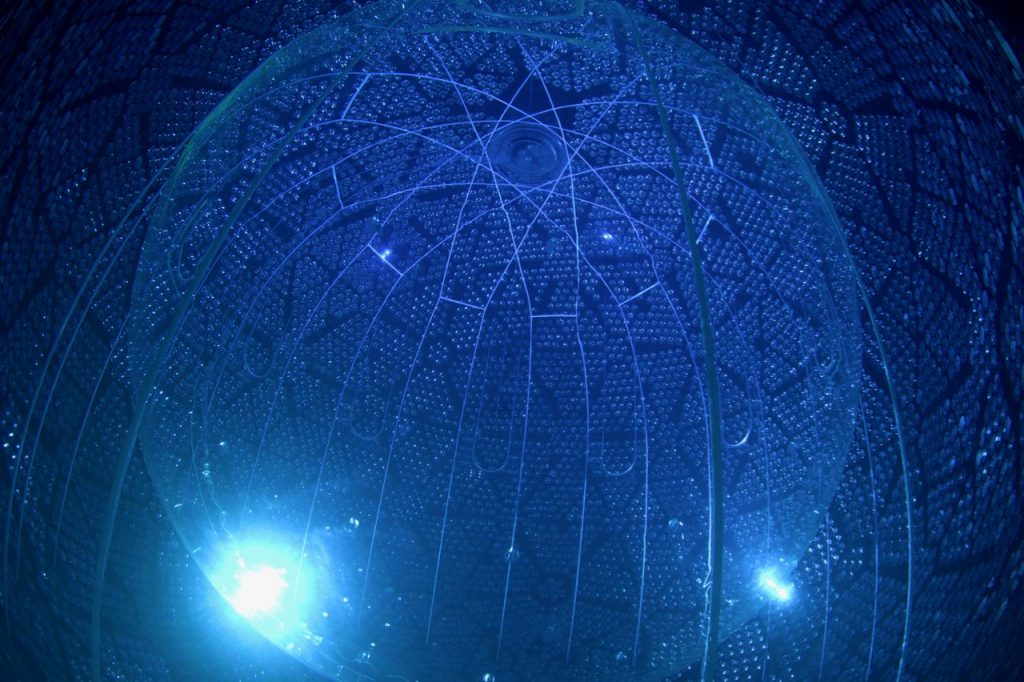
Day 5: Five chillers chilling 🌡
Five chillers make up the chilled water loop at SNOLAB that is responsible for keeping the lab running at the comfortable temperature of 21C. Pretty cool considering that the temperature of the rock surrounding SNOLAB is 42C!
The temperature inside the lab is maintained thanks to a chilled water loop system with a 1 MW capacity. It consists of five separate 60 tonne chillers cool a primary chilled water loop running throughout the facility.
Three of the chillers run at a time to maintain a consistent temperature in the lab that is optimal for the people, equipment, and systems at SNOLAB.
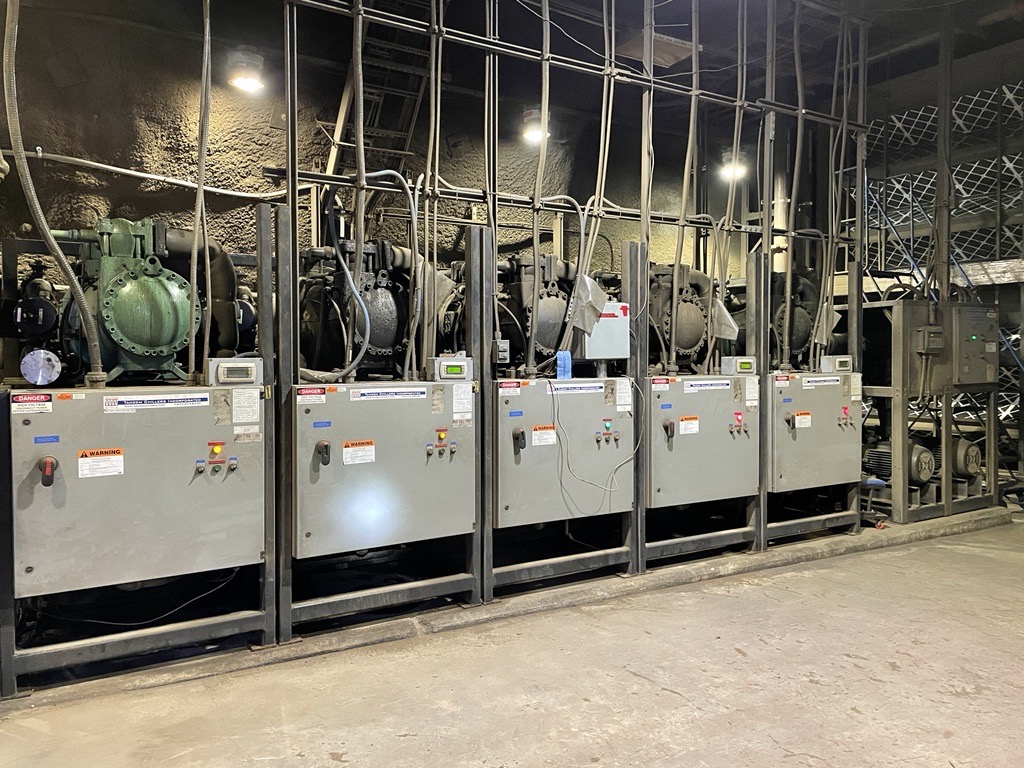
Day 6: Six canisters in the SuperCDMS cryostat ❄️
When we say it’s our coolest experiment, at 15 milliKelvin, we promise we aren’t playing favourites! SuperCDMS is an exciting new dark matter experiment currently under construction at SNOLAB.
The towers of silicon and germanium detectors in SuperCDMS are designed to detect the very small vibrations and ionization created by low-mass dark matter particles colliding with detector nuclei.
To pick up these small interactions the experiment is kept extremely cold – just a few tenths of a degree above absolute zero! To keep the detectors this cold, they are placed in the centre of a cryostat, called the SNOBOX, that consists of a set of six nested copper canisters.
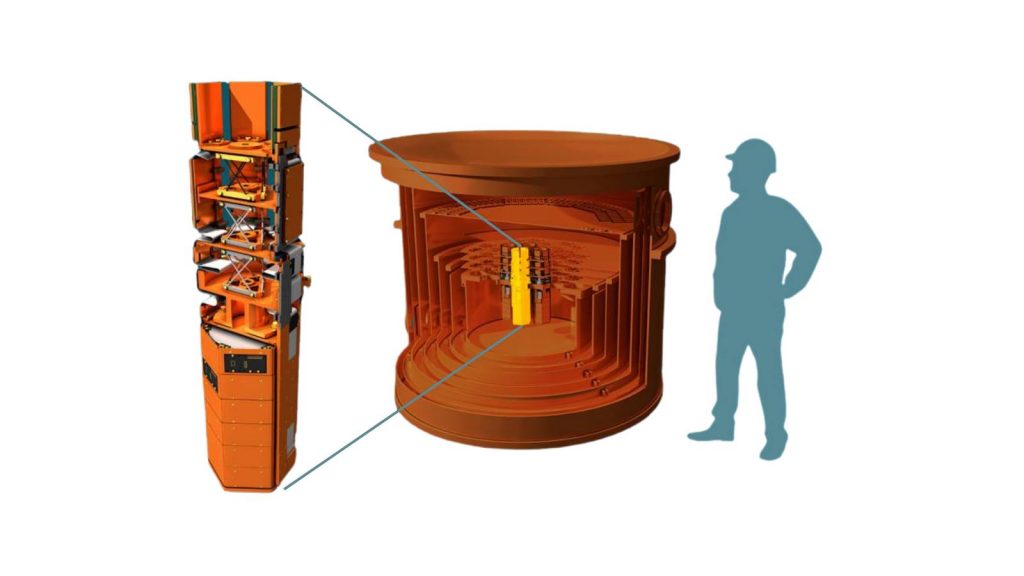
Day 7: 79 tonnes of lead at HALO 🏋️
The helium and lead observatory, called the HALO experiment, at SNOLAB is looking for neutrinos from supernova explosions. As the experiment name suggests, the main materials used are helium and lead, 79 tonnes of lead to be more precise! The lead used in the experiment was originally from a cosmic ray experiment located at Chalk River Laboratories and the tubular Helium-3 neutron detectors were from the SNO experiment.
Being a part of the SNEWS (supernova early-warning system) network, HALO and other detectors around the world alert astronomers to supernovae so they can view them with telescopes.
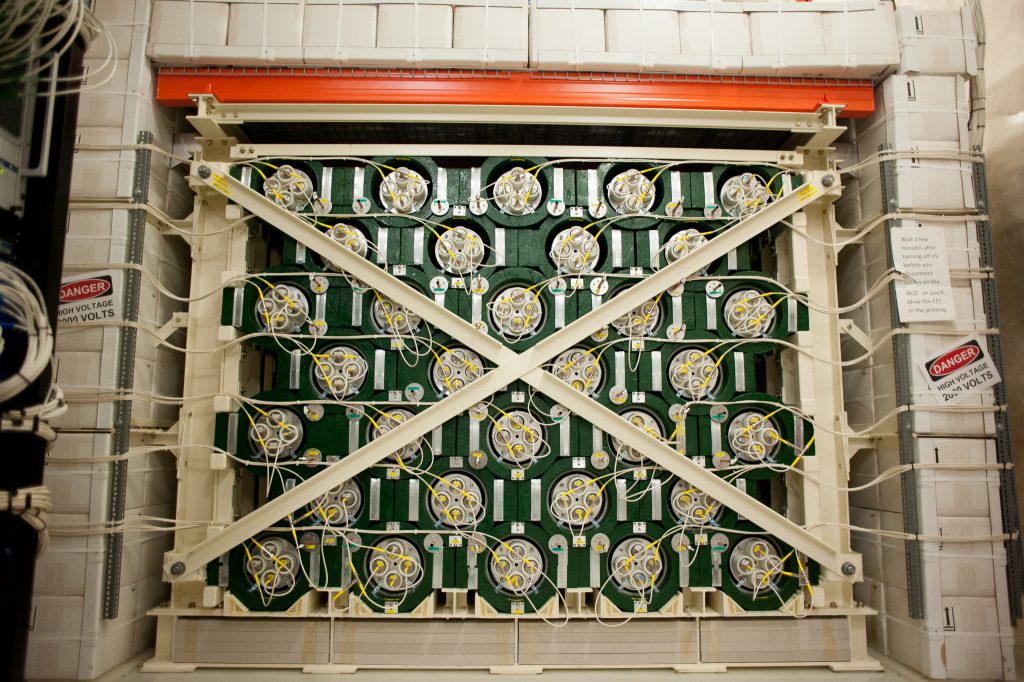
Day 8: Eight Lucas cell counting channels ⚛️
Understanding radioactive backgrounds in the experiments at SNOLAB is an incredibly important component of our underground research. One major way we learn about backgrounds is through radon assays. Radon decay produces events that can mimic the actual particle interactions we are looking for and obscures physics data. This is done by collecting samples of a known volume into a Lucas Cell and counting events in one of eight counting channels. These counting channels consist of a dark chamber and a photodetector, where the Lucas Cell is counted for two weeks. When radon decays, it can be seen on the clear base of the Lucas Cell as it will create a small amount of light in the form of a photon that can be read by the photodetector. The channels are connected to a digitizer that converts analog signals into digital signals, and these signal counts determine the amount of radon present in our sample.
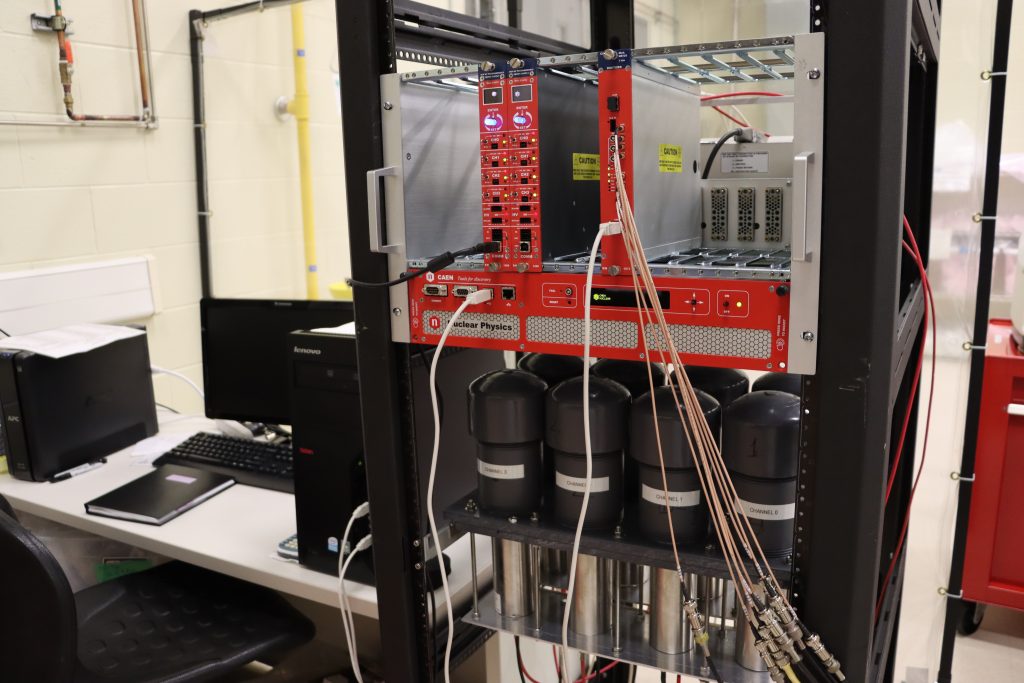
Day 9: 90s breakthrough technology in SENSEI 💡
The SENSEI experiment uses skipper charge couple devices (CCDs) to search for dark matter. The concept of a skipper CCD was proposed in the early 1990s but technology recently advanced enough to make building them possible. For this advancement in detection, members of the SENSEI collaboration were awarded the 2021 New Horizons in Physics Breakthrough Prize.
When a particle interacts with the CCDs, there is a small energy change which is captured by its millions of pixels. SENSEI can count every electron within a pixel which leads to accurate measurements and no background noise.
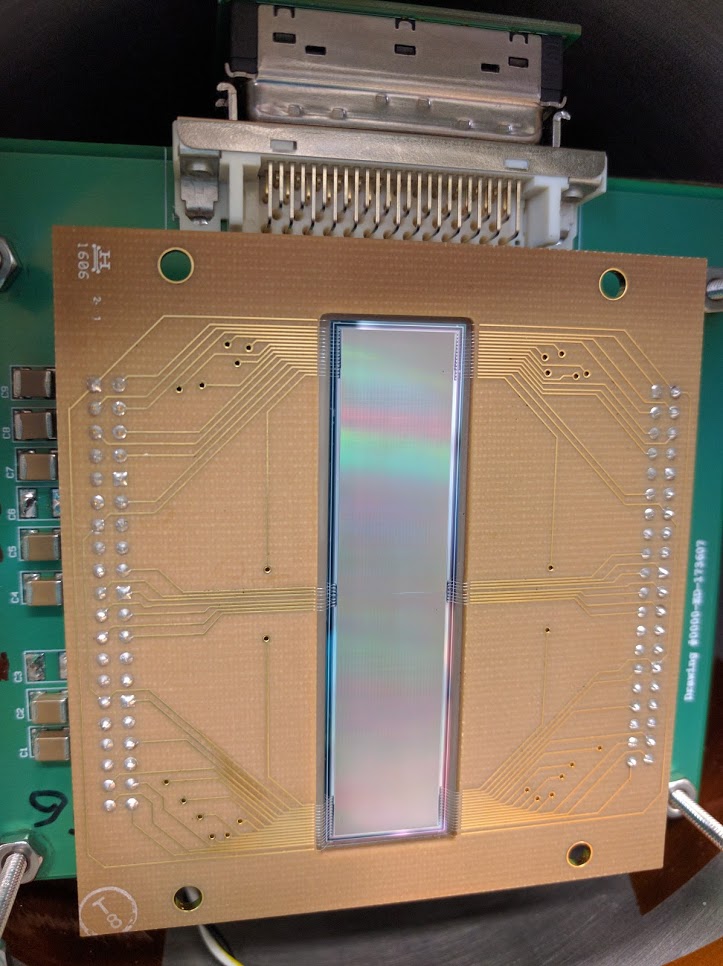
Day 10: Ten years of SNOLAB science 🎉
2022 has been a milestone year with SNOLAB celebrating 10 years since our grand opening! The SNOLAB facility officially opened May 17, 2012 and has been bustling with new experiments ever since. Following the success of the SNO experiment in its study of neutrinos, the SNOLAB research program has expanded to include dark matter, biology, low background studies, and quantum technology. As the premier location for deep underground science, SNOLAB looks forward to many more years of science and discovery. Read about our 10 year anniversary celebrations here.
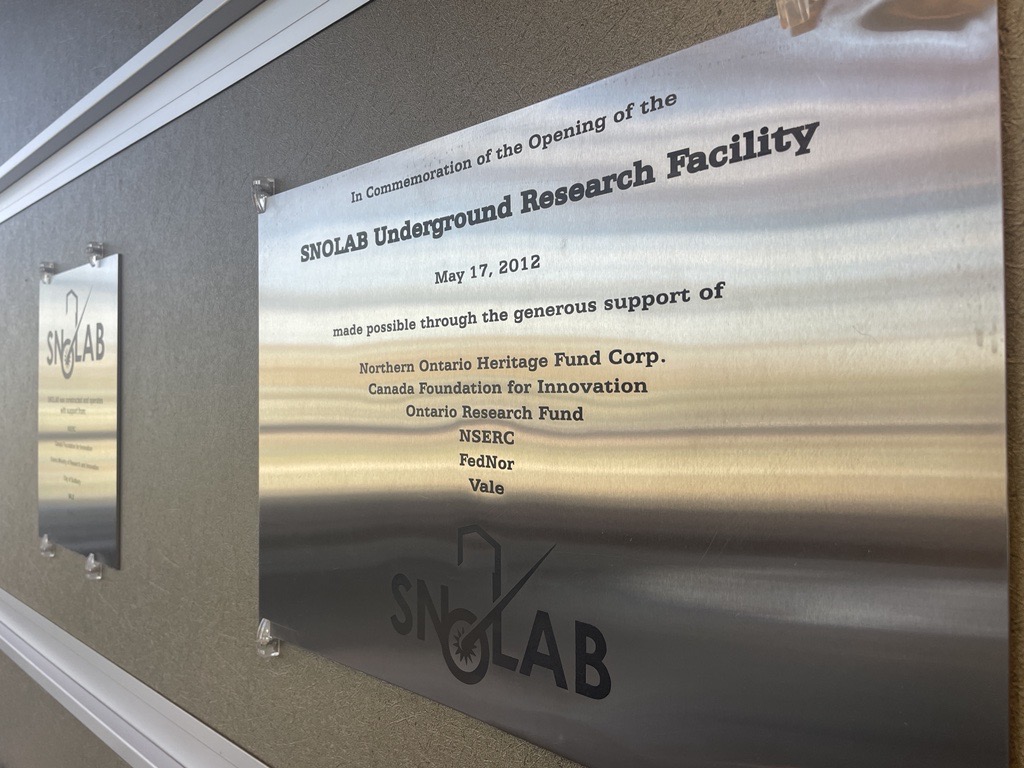
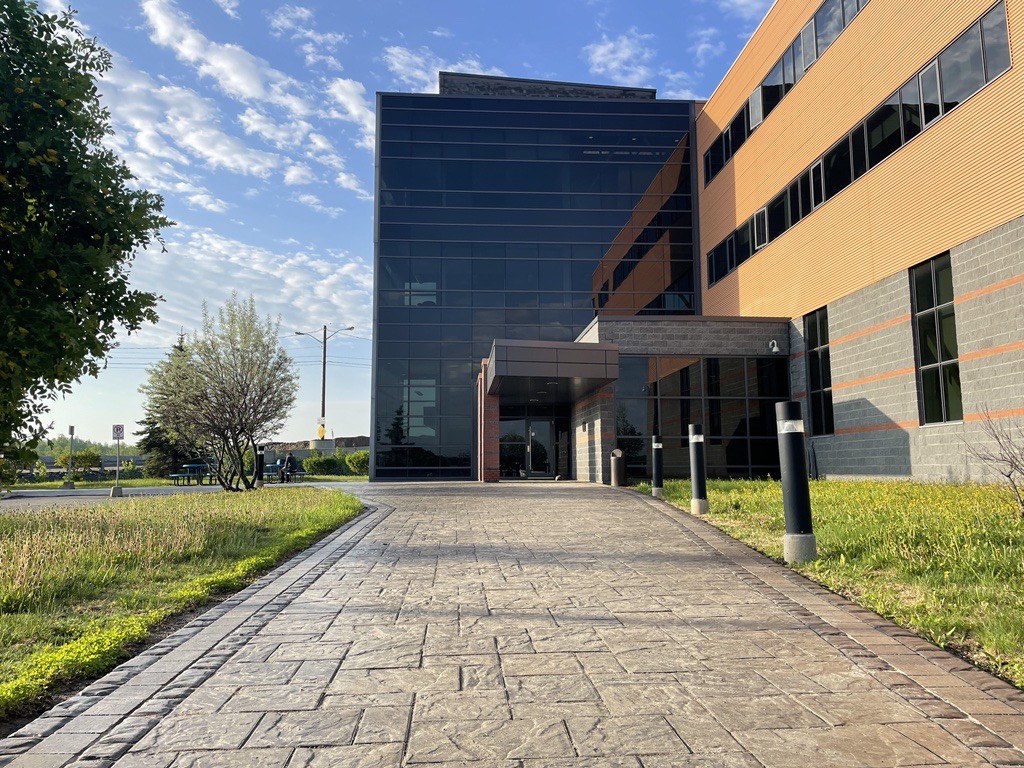
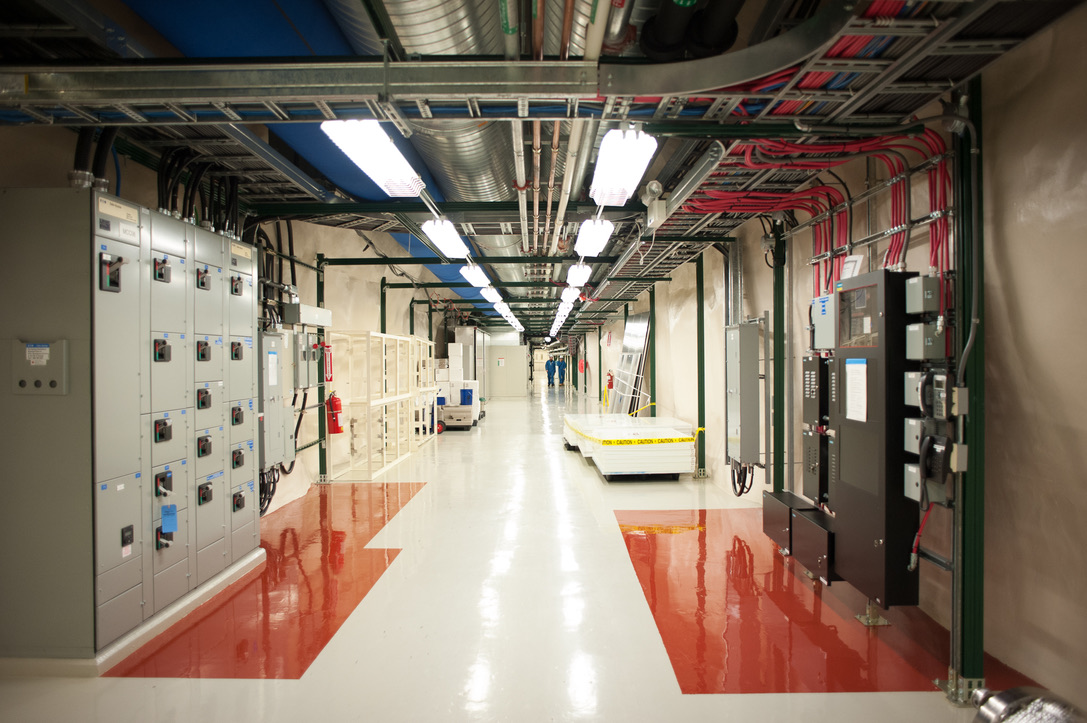
Day 11: Eleven active experiments 🔎
Having such a unique lab space means SNOLAB is a desirable place to host a variety of sensitive experiments, with 11 currently active! These experiments include searches for dark matter, neutrino studies, and deep underground biology. Being 2km underground blocks out cosmic rays that would make sensitive experiments impossible on the surface of the Earth. In fact, the 2km of rock overburden reduces the muon flux by a factor of 50 million, more than any other lab on the planet! Read more about our experiments here.
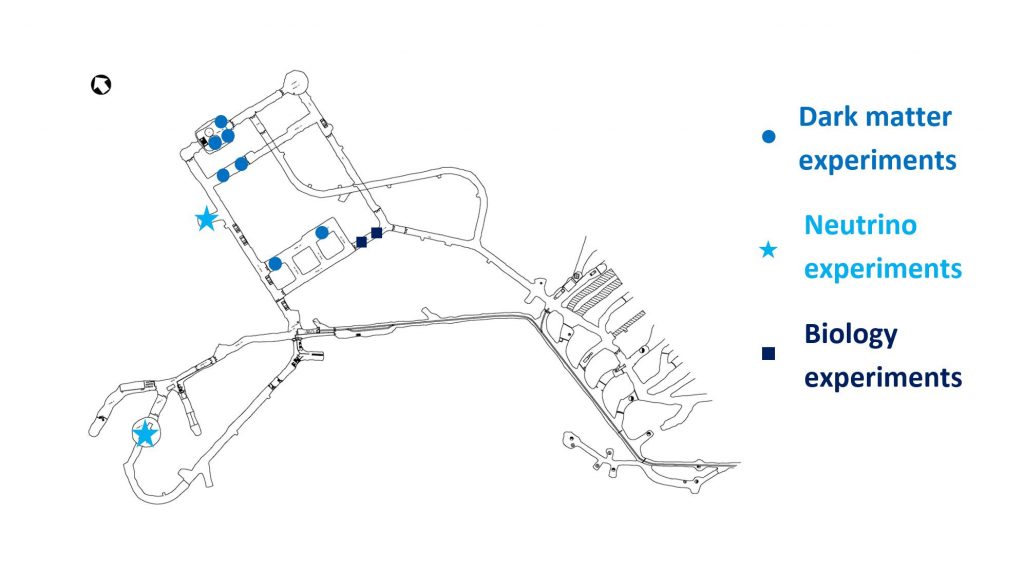
Day 12: Twelve witness plates 🔬
SNOLAB takes cleanliness very seriously and our twelve witness plates are a testament to that! Throughout the underground lab space there are 11 witness plates that sit and collect any dust or dirt which are then periodically tested, along with one control plate to identify possible issues with cleanliness within the lab. This allows any cleanliness concerns to be quickly corrected to maintain our class 2000 lab space and keep the lab operating at its best!
